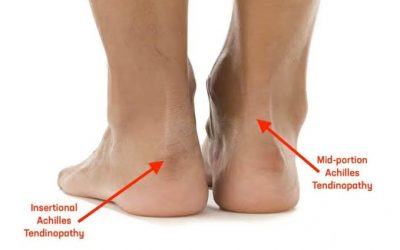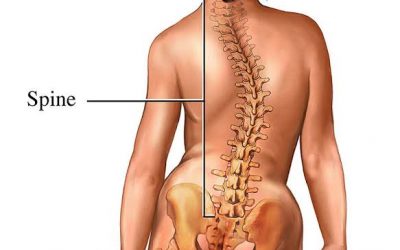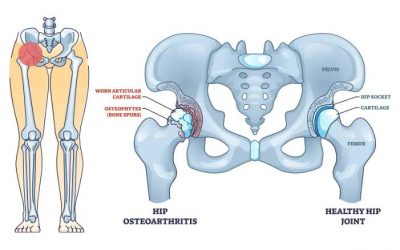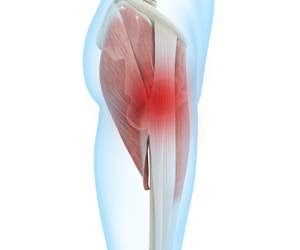Gout
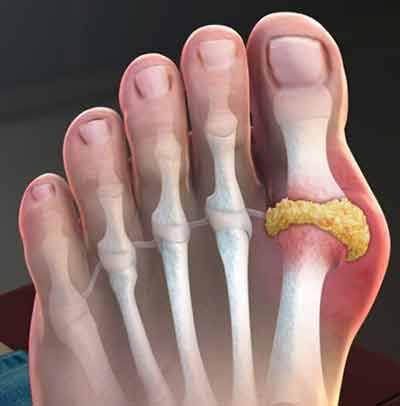

Overview
Gout is a common and complex form of arthritis that can affect anyone. It is characterized by sudden, severe attacks of pain, swelling, redness, and tenderness in one or more joints, most often the big toe.
Gout attacks can occur suddenly, often waking you up in the middle of the night with the feeling that your big toe is on fire. The affected joint becomes hot, swollen, and so tender that even the weight of a bedsheet may seem unbearable.
Gout symptoms may come and go, but there are ways to manage the symptoms and prevent flare-ups.
Symptoms
Signs and symptoms of gout often occur suddenly and usually at night. These include:
- Intense joint pain: Gout usually affects the big toe, but it can occur in any joint. Commonly affected joints include the ankles, knees, elbows, wrists, and fingers. The pain is likely to be most severe within the first 4 to 12 hours after it begins.
- Lingering discomfort: After the most severe pain subsides, some joint discomfort may last for a few days to a few weeks. Subsequent attacks may last longer and affect more joints.
- Inflammation and redness: The affected joint or joints become swollen, tender, warm, and red.
- Limited range of motion: As gout progresses, you may find it difficult to move the affected joints normally.
Causes
Gout occurs when urate crystals accumulate in a joint, causing inflammation and intense pain of a gout attack. Urate crystals can form when there are high levels of uric acid in the blood.
The body produces uric acid when it breaks down purines — substances found naturally in the body. Purines are also found in certain foods, including red meat, organ meats (such as liver), and seafood like anchovies, sardines, mussels, scallops, trout, and tuna. Alcoholic beverages (especially beer) and drinks sweetened with fruit sugar (fructose) can also raise uric acid levels.
Normally, uric acid dissolves in the blood and passes through the kidneys into urine. But sometimes the body produces too much uric acid, or the kidneys excrete too little. When this happens, uric acid can build up, forming sharp, needle-like urate crystals in a joint or surrounding tissue, causing pain, inflammation, and swelling.
Risk Factors
Several factors increase the likelihood of developing gout, including:
- Diet: A diet high in red meat, shellfish, or fructose-sweetened drinks increases the risk of gout. Alcohol consumption, particularly beer, also raises risk.
- Obesity: Being overweight increases uric acid production and makes it harder for the kidneys to eliminate it.
- Medical conditions: Certain diseases and conditions, such as untreated high blood pressure, diabetes, metabolic syndrome, heart disease, and kidney disease, can increase gout risk.
- Medications: Some drugs, such as low-dose aspirin, thiazide diuretics, ACE inhibitors, and beta-blockers, can raise uric acid levels. Medications used to prevent organ rejection may also increase the risk.
- Family history: If other family members have gout, you’re more likely to develop it.
- Age and sex: Gout is more common in men, as women generally have lower uric acid levels. However, postmenopausal women experience increased uric acid levels, narrowing the gender gap. Men tend to develop gout earlier, between 30 and 50 years, while women typically experience symptoms after menopause.
- Recent surgery or trauma: Recent surgeries or injuries may trigger gout. Some people develop gout after vaccinations.
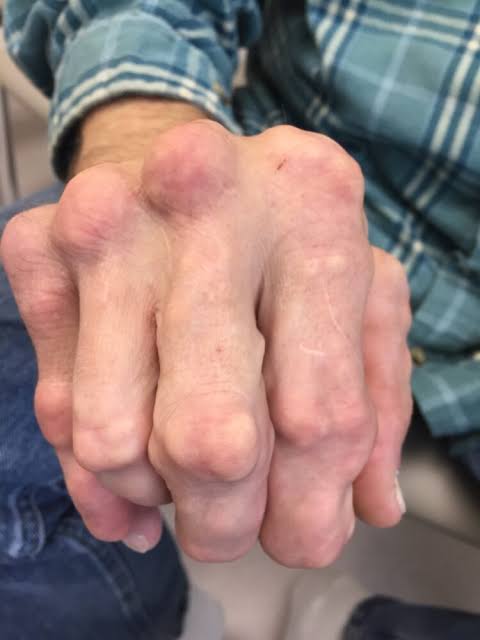
Complications
Gout can lead to more serious health issues, such as:
- Recurrent gout: Some people may never experience gout symptoms again after the initial attack, while others may have several attacks a year. Medications can help prevent recurrent gout. If untreated, gout may damage and destroy joints over time.
- Advanced gout: Without treatment, urate crystals may form deposits under the skin called tophi. Tophi can develop in areas such as the fingers, hands, feet, elbows, or Achilles tendons. Tophi are usually not painful but can become swollen and tender during gout attacks.
- Kidney stones: Urate crystals may accumulate in the urinary tract, causing kidney stones. Medications can help reduce the risk of kidney stones.
Diagnosis
Doctors typically diagnose gout based on symptoms and the appearance of the affected joint. Diagnostic tests may include:
- Joint fluid test: A needle may be used to draw fluid from the affected joint. Urate crystals may be visible under a microscope.
- Blood test: Blood tests can measure uric acid levels, though results can be misleading. Some people with high uric acid levels never develop gout, and some with gout symptoms may have normal levels.
- X-ray imaging: Joint X-rays can help rule out other causes of joint inflammation.
- Ultrasound: This uses sound waves to detect urate crystals in joints or tophi.
- Dual-energy CT scan (DECT): Combines multiple X-ray images to visualize urate crystals in joints.
Treatment
Gout medications fall into two categories, addressing two distinct issues:
- Relieving inflammation and pain during a gout attack.
- Preventing complications by reducing uric acid levels in the blood.
The choice of medication depends on the severity and frequency of your symptoms and other health conditions.
Medications for Gout Attacks
- Nonsteroidal anti-inflammatory drugs (NSAIDs): These include over-the-counter options like ibuprofen (Advil, Motrin IB) and naproxen sodium (Aleve), as well as prescription NSAIDs such as indomethacin (Indocin) or celecoxib (Celebrex). NSAIDs may cause stomach pain, bleeding, and ulcers.
- Colchicine: This anti-inflammatory drug (Colcrys, Gloperba, Mitigare) can effectively relieve gout pain but may cause nausea, vomiting, and diarrhea.
- Corticosteroids: Drugs such as prednisone can control inflammation and pain during gout attacks. They can be taken as pills or injected directly into joints. Side effects may include mood changes, increased blood sugar, and elevated blood pressure.
